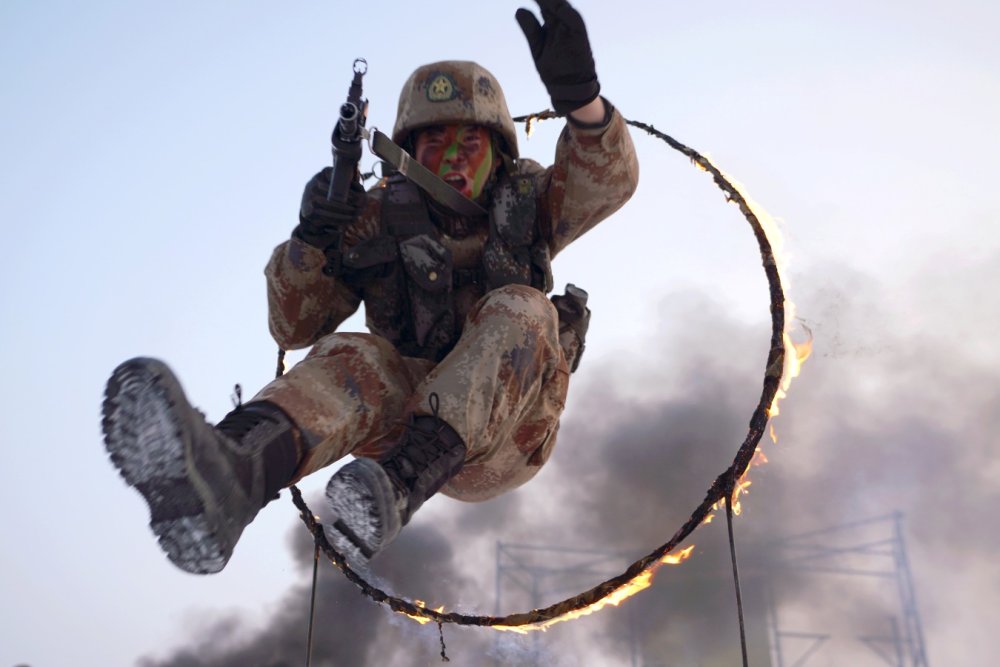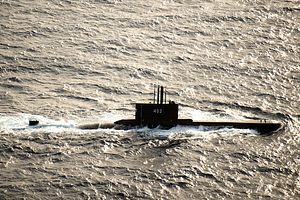Constantino Xavier
 Marked by a history of political divisions, economic differences, and geostrategic divergences, the Indian subcontinent remains deeply divided, with exceptionally low levels of integration. No other regional power is as disconnected from its immediate neighbourhood as India. Recognising this disconnect as a challenge to India’s economic and security interests, Prime Minister Narendra Modi made both intra- and inter-regional connectivity a policy priority in 2014. Speaking on the importance of the Indo-Pacific region at the 2018 Shangri-La Dialogue in Singapore, he emphasised the country’s new strategic imperative. Connectivity is vital. It does more than [just] enhance trade and prosperity. It unites a region. India has been at the crossroads for centuries. We understand the benefits of connectivity. There are many connectivity initiatives in the region. If these have to succeed, we must not only build infrastructure, we must also build bridges of trust.[1]
Marked by a history of political divisions, economic differences, and geostrategic divergences, the Indian subcontinent remains deeply divided, with exceptionally low levels of integration. No other regional power is as disconnected from its immediate neighbourhood as India. Recognising this disconnect as a challenge to India’s economic and security interests, Prime Minister Narendra Modi made both intra- and inter-regional connectivity a policy priority in 2014. Speaking on the importance of the Indo-Pacific region at the 2018 Shangri-La Dialogue in Singapore, he emphasised the country’s new strategic imperative. Connectivity is vital. It does more than [just] enhance trade and prosperity. It unites a region. India has been at the crossroads for centuries. We understand the benefits of connectivity. There are many connectivity initiatives in the region. If these have to succeed, we must not only build infrastructure, we must also build bridges of trust.[1]
















